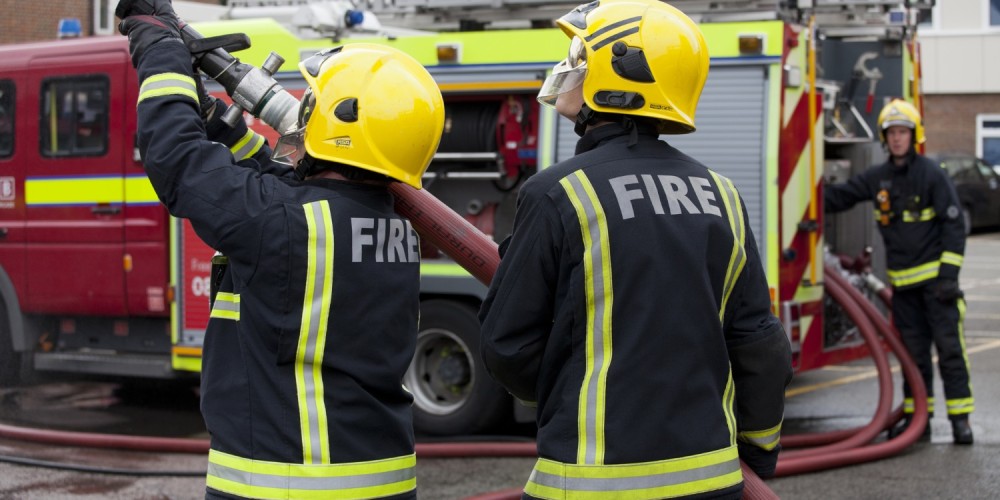Emergency preparedness is a top priority for building managers. Critical elements of fire safety are sprinkler systems and firefighting preparedness programs. While sprinkler systems prevent fires from spreading, trained fire brigades handle emergencies effectively.
How Do Sprinkler Systems Work?
Automatic fire safety systems react immediately by dispersing water when heat activates them. Each sprinkler head responds individually, ensuring precise fire suppression.

Critical aspects of fire sprinklers include:
- Fire response heads: Deliver water to extinguish flames.
- Pipe setups: Maintains water pressure.
- Safety panels: Ensure proper activation.
- Backup water systems: Offers steady water pressure.
treinamento de incêndio nas empresastreinamento brigada
The Importance of Fire Brigade Training
Fire brigade training readies groups to manage fire-related incidents. Training exercises enhance situational awareness, reducing panic during emergency situations.

Important parts of fire brigade training include:
- Proactive fire safety knowledge: Understanding fire hazards.
- Emergency exit strategies: Organizing orderly exits.
- Fire suppression strategies: Gaining confidence in fire control.
- Collaborative response skills: Improving team performance.
The Synergy Between Fire Suppression and Emergency Training
Using automatic fire suppression with brigade drills maximizes emergency response effectiveness. Sprinklers work as the first line of defense, while trained fire brigades address specific challenges.

Pairing technology with skills creates a safer environment for homes, workspaces, and large-scale operations alike.
Why Fire Safety Technology and Emergency Preparedness Are Essential
Investing in sprinkler systems and organizing emergency preparedness programs demonstrates responsibility. When used in combination, these strategies save lives.
Take action for a safer tomorrow by installing a sprinkler system and organizing emergency response drills. Preparedness is the key to protection!